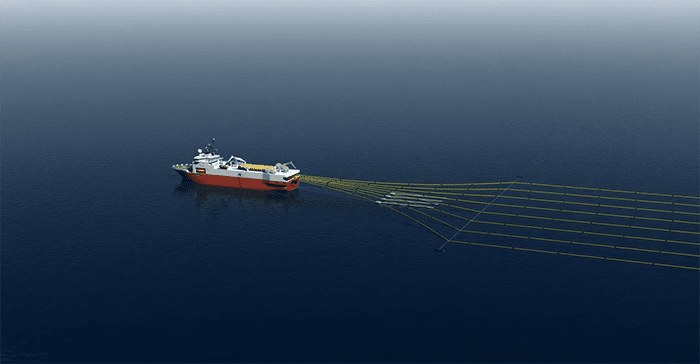By the time ExxonMobil acquired rights to explore the 6.6 million-acre Stabroek block 120 miles offshore Guyana, 22 wells, from as far back as the 1970s, had already been drilled by other companies on the coastal shelf outside the southern boundaries of the block. All were non-commercial.
CGX Energy, as recently as 2012, came up dry at its Jaguar-1 well off the Guyana coast, and before that, had the same negative results at its Eagle-1 well.
Twenty-three companies had also initially showed interest in the Stabroek block, but most turned away, anticipating that the presence of commercial quantities of oil was unlikely.
As Exxon prepared to explore drill targets the Stabroek block, the probability of finding commercial quantities of crude was low. Kerry Moreland, Guyana basin project manager, working on the project at the time, said, “Geologically, the well was quite risky, with a low probability that it would turn out to be successful. It was a true frontier wildcat well.”
But the location of the Liza-1 well in the block had something else going for it. Moreland explained that it held particular interest for the explorers, since initial seismic data and geologic analysis of the region “suggested the presence of sediment fairways transporting sandstone reservoirs into the basin. In addition, oil and gas shows in previously drilled wells closer to the coast indicated a working hydrocarbon system potentially extending farther offshore into the Liza area.”

The “world class discovery” of 800 million to 1.4 billion barrels of light crude at Liza 1 in 2015 triggered a frenzy of activities. As the company’s technical experts in the Exploration, Development and Upstream Research companies continued to analyze the well data and plan for potential future appraisal drilling, the largest 3-D seismic survey in the company’s history got underway on the Stabroek block.
ExxonMobil said two seismic vessels acquiring data, covered an area over approximately 6,500 square miles, comparable to the land mass of the Hawaiian Islands.
The program included two support ships, as well as two supply boats making regular trips from Georgetown and Trinidad to bring supplies.
With support from the Guyanese government, company teams mobilized this seismic program in about six weeks after the discovery, an extraordinary achievement, the company said.
Steve Greenlee, president of ExxonMobil Exploration Company at the time, believes the success of the Liza 1 well is a fine example of ExxonMobil technology, experience and talent at work.
“We applied advanced seismic imaging and analysis; our global experience; and an integrated, well-planned approach by talented teams in Guyana and Houston to successfully overcome the uncertainties of a truly frontier well that will add valuable resources to ExxonMobil’s portfolio and create great value for the nation of Guyana,” he said.
ExxonMobil affiliate Esso Exploration and Production Guyana Limited is operator and holds 45 percent interest in the Stabroek Block. Hess Guyana Exploration Limited holds 30 percent interest and CNOOC Nexen Petroleum Guyana Limited holds 25 percent interest.



